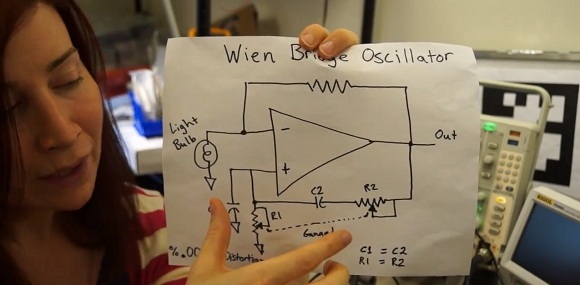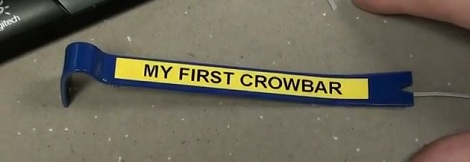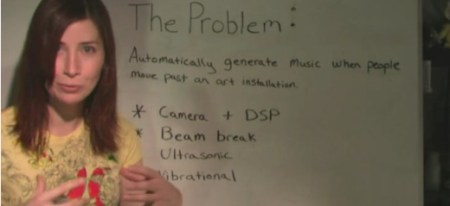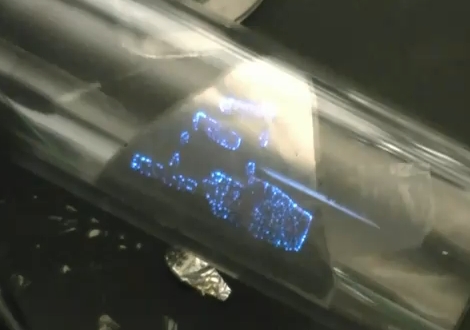
In the last year, [Jeri Ellsworth] has been very busy. She was hired by Valve, started development of an augmented reality system, fired by Valve, and started a new company with [Rick Johnson] to bring her augmented reality glasses to the market. On the last Amp Hour podcast she spilled the beans on what went down at Valve, how her glasses work, and what her plans for the future are.
[Jeri] and [Rick]’s castAR glasses aren’t virtual reality glasses like the Oculus Rift or other virtual reality glasses that cut you off from the real world. The castAR glasses preserve your peripheral vision by projecting images and objects onto a gray retro-reflective mat and allows you to interact with a virtual environment with an electronic wand. So far, there are a few demos for the castAR system; a Jenga clone, and a game of battle chess called Team For Chess, a wonderful reference to Valve’s hat simulator.
The electronics inside the castAR glasses are fairly impressive; new frames are drawn on the retro-reflective surface at 100 Hz, positioning accuracy is in the sub-millimeter range, and thanks to [Jeri]’s clever engineering the entire system should be priced at about $200. Not too bad for an awesome device that can be used not only for D&D and Warhammer, but also for some very cool practical applications like visualizing engineering models of 3D prints before they’re printed.
















